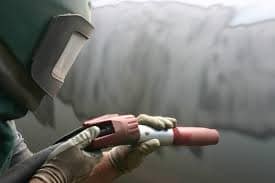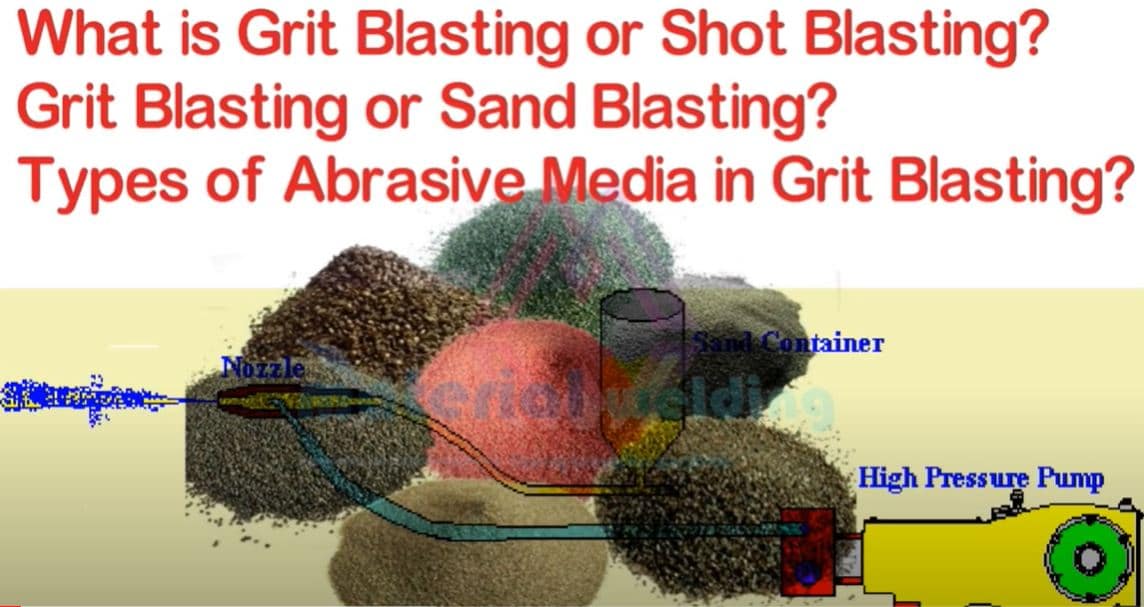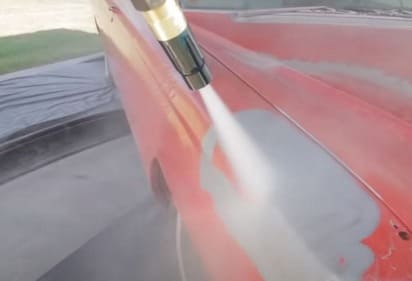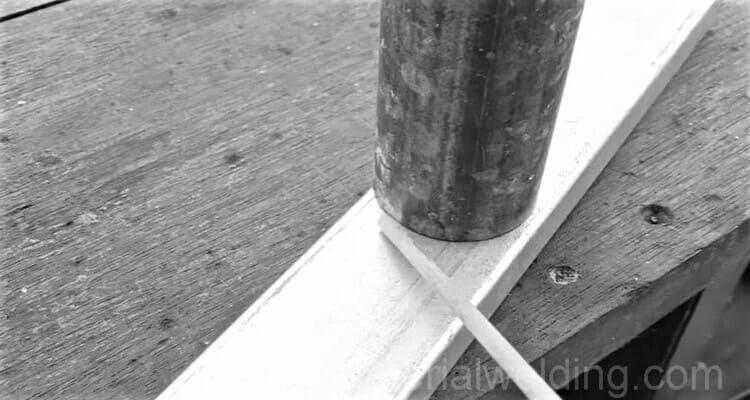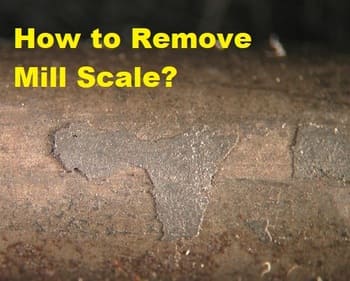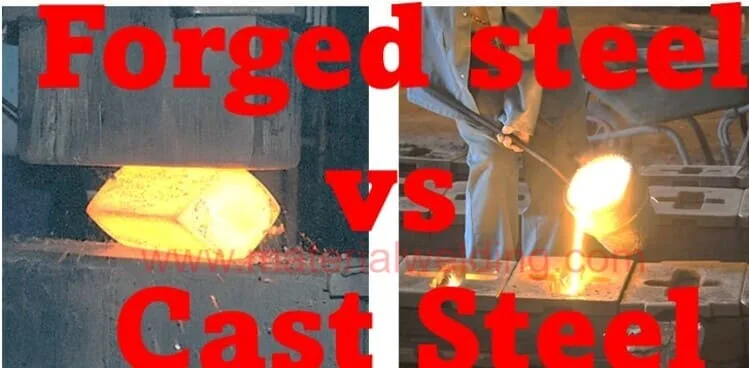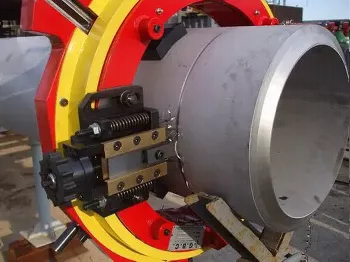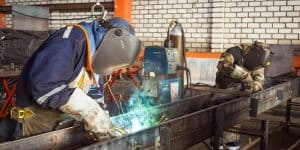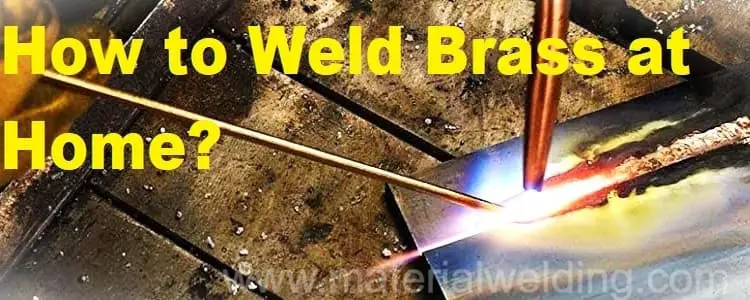Sandblasting is a popular technique used to clean and finish surfaces. To help ensure the best possible results, it is important to choose the right type of sand for your job application.
There are many different types of sand available that can be used in a sand blaster, each suited for specific tasks.
This article will explore the different types of sand and their benefits when used in a sand blaster. With this information, you will be able to find the perfect type of sand for your next job.
What is Sand Blasting?
Sandblasting, also known as abrasive blasting, is a process that uses a high-pressure stream of abrasive material to clean, smooth, or roughen surfaces.
Sand Blasting is a process used to clean, smooth, and shape surfaces by using an abrasive material such as sand.
It is often used in industrial settings to remove rust, scale, or paint from metal surfaces in preparation for repairing and repainting.
Sand blasting can also be used on glass and plastic materials to give them a frosted texture or finish.
The process uses a specialized machine called an air compressor that forces compressed air through the sand and then onto the surface of the material being cleaned.
The pressure of the air causes tiny particles of sand to break away from the surface leaving it clean and smooth.
The type of abrasive material used by the machine depends on what kind of result is desired; some machines use aluminum oxide while others may use steel shot.
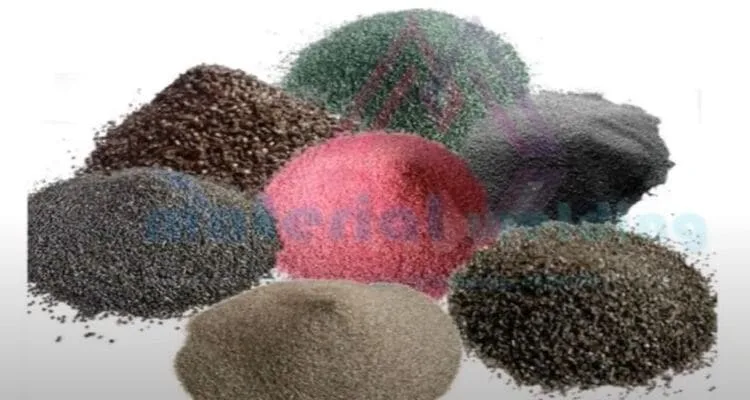
The most common abrasive material used for sandblasting is sand, but not all sand is created equal.
In fact, different types of sand are used for different types of sandblasting applications. In this article, we will explore the different types of sands used for sandblasting.
Different types of Sand for Sand Blasters
Sandblasting is a popular method for cleaning and preparing surfaces for refinishing. However, not all sand is suitable for use in a sandblaster.
Different types of sands contain particles of different sizes and hardness levels, meaning that some are more suited to certain tasks than others.
The main types of Sand for Sand Blasting are:
- Silica Sand,
- Garnet Sand,
- Aluminum Oxide,
- Glass Bead,
- Steel Grit,
- Glass Grit,
- Copper Slag,
- Coal Slag, etc.
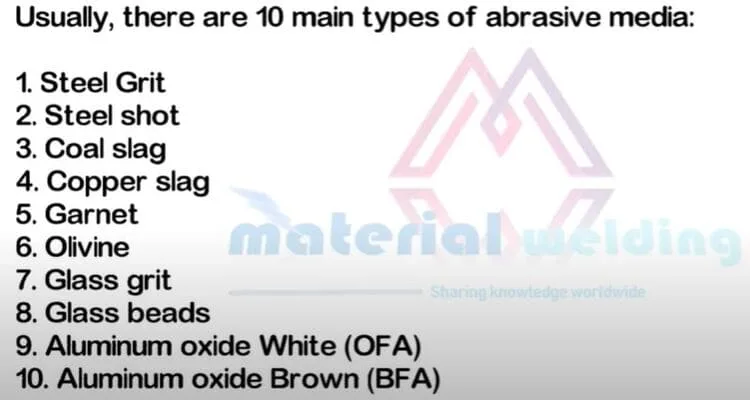
Silica Sand
Silica sand is the most commonly used sand for sandblasting. It is made up of quartz, which is a hard and durable mineral.
Silica sand is a good choice for general sandblasting applications and can be used to clean and smooth a variety of surfaces, such as metal, concrete, and wood.
Garnet Sand
Garnet sand is another popular sandblasting material. It is made up of natural garnet minerals and is a harder and more durable material than silica sand.
Garnet sand is often used in industrial applications, such as cleaning and preparing surfaces for painting or coating.
Aluminum Oxide
Aluminum oxide is a synthetic abrasive material that is often used in sandblasting applications. It is a hard and durable material that is capable of removing tough stains and rust from surfaces.
Aluminum oxide is often used for industrial cleaning, as well as for surface preparation in the aerospace and automotive industries.
Glass Beads
Glass beads are a popular alternative to sand for sandblasting. They are made up of small glass spheres that are relatively soft and gentle on surfaces.
Glass beads are often used for cleaning delicate surfaces, such as car bodies, jewelry, and electronic components.
Steel Grit
Steel grit is a heavy and durable sandblasting material that is often used for industrial applications. It is made up of crushed steel particles and is capable of removing tough stains and rust from surfaces.
Steel grit is often used for cleaning large metal surfaces, such as ships, bridges, and oil rigs.
Glass Grit
Glass grit is an effective and efficient abrasive material used in sand blasting. It’s a popular choice for many industries due to its cost effectiveness, durability, and recyclability.
Glass grit is created by crushing up recycled glass bottles into tiny pieces they can be used in sandblasting operations.
The glass particles are sharp enough to remove rust, paint, grease and other materials from surfaces without damaging the area underneath.
It’s often used for cleaning molds or preparing a surface for painting. Glass grit is also environmentally friendly since it’s made from recycled materials and can be reused multiple times before it needs to be disposed of properly.
Copper Slag
Copper slag is a popular and effective sandblasting medium that has been used in many industrial applications. It is created by mixing high-quality copper ore with other elements, such as iron or silicone, and then oxidizing it in a furnace to form an abrasive material.
The resulting material contains sharp edges that make it ideal for cutting through thick layers of paint and rust on metal surfaces.
Copper slag has been used for decades due to its effectiveness at quickly removing coatings from metal surfaces without causing damage to the underlying material.
Its popularity as a sand blasting media has grown immensely in recent years due to its cost-effectiveness, versatile application methods, and safety features.
Copper slag is also known for being less abrasive than other types of sandblasting media, meaning it can be used on softer materials without risking damage.
Coal Slag
Coal slag is made up of small fragments that are formed when heated coal is burned to produce energy.
These fragments are incredibly hard and provide an effective, low-cost alternative to other sandblast materials such as silica sand, aluminum oxide, crushed glass and other synthetic minerals.
The primary benefit of using coal slag instead of other materials is its cost-effectiveness; it’s much more affordable than the alternatives which can make a big difference for those working on large projects with tight budgets.
Additionally, the particles found in coal slag are 100% angular which increases their effectiveness as it helps to strip away coatings quickly and efficiently.
